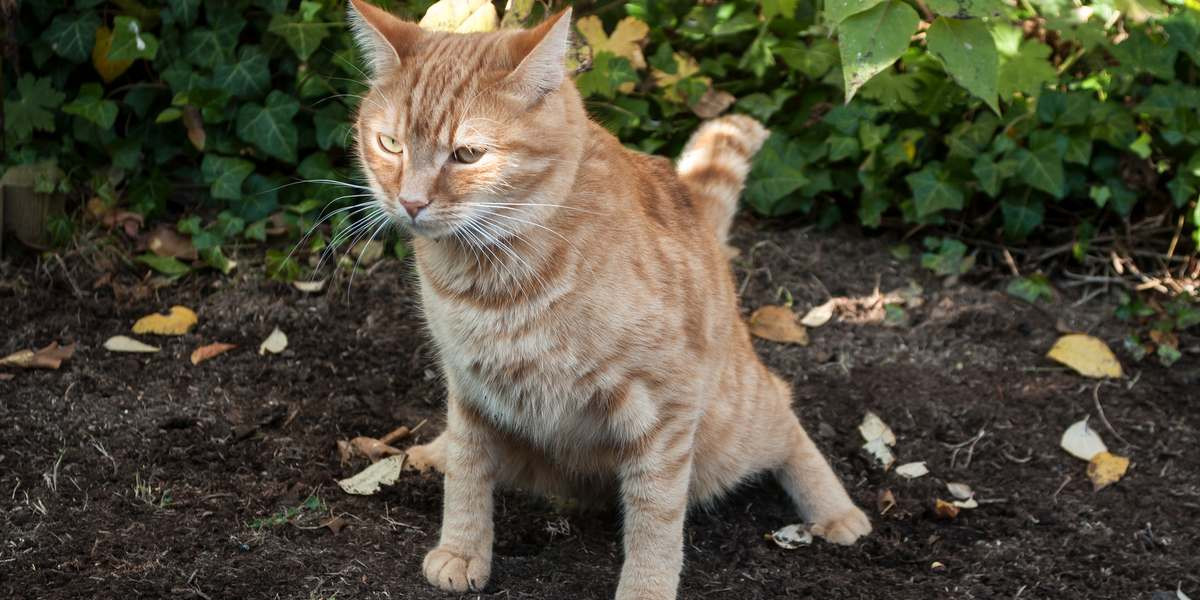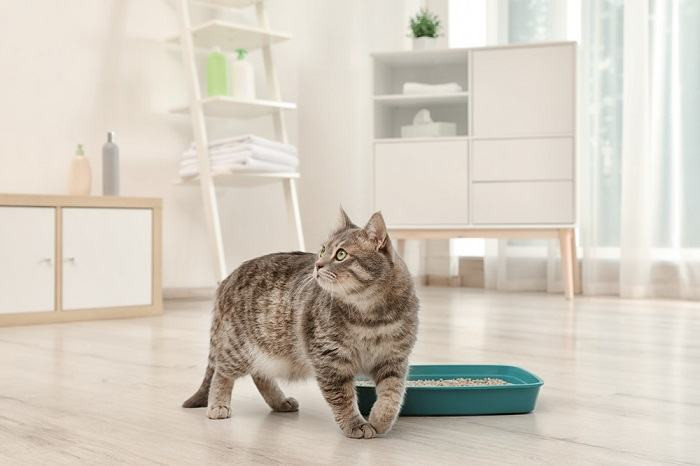Just like humans, a cat’s stool can tell you a lot about their inner health. In fact, as a concerned cat owner, paying attention to your cat’s poop is one of the simplest yet most effective ways to monitor their well-being. Healthy cat poop typically signifies a healthy cat, and while occasional digestive upsets can happen, consistently abnormal stools can be an early warning sign of underlying health issues, ranging from simple dietary indiscretions to more serious conditions requiring veterinary attention.
When you bring your feline friend in for a check-up, your veterinarian will often inquire about your cat’s bowel movements. This is because the appearance of their feces provides valuable clues about their gastrointestinal health. To help you become a proactive pet parent, we’ve created a comprehensive Cat Poop Chart guide to help you understand what’s normal, what’s not, and when it’s time to seek professional advice.
Your Guide to the Cat Stool Chart
The cat stool chart is an incredibly useful visual aid that helps you decipher the characteristics of your cat’s poop. It’s designed to be straightforward and easy to use, allowing you to quickly assess your cat’s fecal health.
To use the chart, simply compare your cat’s stool to the images in the first column. Once you find the image that most closely resembles what you’ve observed in the litter box, move across the row. The second column offers a written description of the stool’s appearance, while the third column explains the potential causes behind that specific appearance. Crucially, the fourth column provides clear recommendations on what action you should take based on your assessment. This may range from simply monitoring the situation to contacting your veterinarian for advice or an appointment.
 Cat stool types infographic for assessing feline health
Cat stool types infographic for assessing feline health
Breaking Down Cat Poop: Color, Consistency, and What They Mean
 Cat using litter box, emphasizing the importance of monitoring feline feces
Cat using litter box, emphasizing the importance of monitoring feline feces
Observing your cat’s poop might not be the most glamorous part of pet ownership, but it’s a crucial aspect of responsible cat care, especially for indoor cats who use a litter box. The litter box becomes your window into their digestive health, offering daily opportunities for assessment.
Healthy cat poop is typically brown to dark brown in color and possesses a firm yet not overly hard consistency. Think of it like modeling clay – formed but pliable. Ideally, it should be free of any visible mucus or blood. While detailed “fecal scoring” systems exist, a simple visual check for these key characteristics is often sufficient for home monitoring.
Key abnormalities to watch out for include:
Understanding Cat Diarrhea: Two Main Types
 Cat scratching litter box after defecating, possibly indicating discomfort
Cat scratching litter box after defecating, possibly indicating discomfort
Diarrhea in cats is broadly categorized into two types, each with distinct characteristics:
-
Small Intestinal Diarrhea: This type is often characterized by larger volumes of loose stool passed less frequently. If blood is present, it’s likely to be dark or tarry in appearance, indicating digested blood from higher up in the digestive tract.
-
Large Intestinal Diarrhea: Often linked to conditions like colitis, large intestinal diarrhea typically involves smaller amounts of loose feces passed more frequently, sometimes with urgency. You might observe fresh, bright red blood and mucus streaks in this type of diarrhea.
Read More: Choosing the Best Cat Food for Diarrhea
Hard stool or constipation, the opposite end of the spectrum, can also signal potential health problems. Pay attention to your cat’s defecation process. Straining to poop (fecal tenesmus) can indicate constipation due to issues like megacolon or intestinal blockages. Lower bowel irritation can also cause straining.
Interestingly, you might notice your cat over-grooming themselves, particularly around their rear end, when experiencing defecation issues. This can be a sign of discomfort or abdominal pain.
Frequently Asked Questions About Cat Poop
What does healthy cat poop look like?
Normal, healthy cat poop is brown to deep brown in color—not yellow, pale, or black. It should be well-formed, resembling the shape of an uncooked sausage. Crucially, it should be free from blood and mucus.
How can I monitor my cat’s poop health?
Regularly observe your cat’s litter box habits. Familiarize yourself with the normal appearance and consistency of their stool. Consider “what’s the scoop about my cat’s poop” as a routine health check, providing valuable insights into their overall well-being.
How often should a cat poop?
While there’s no rigid rule, most healthy cats poop once or twice a day. Each bowel movement is typically around four to six inches (10-15cm) in length.
What if my cat’s poop is jelly-like with blood?
This is a significant warning sign indicating inflammation in your cat’s digestive system. The jelly-like appearance is due to excessive mucus production from the intestinal wall, while blood suggests intestinal wall bleeding. This combination warrants immediate veterinary attention.
Why is there mucus in my cat’s poop?
Excessive mucus in cat poop points to inflammation of the intestinal wall, leading to increased mucus production. Various factors can cause this, including parasites and inflammatory bowel disease. Veterinary investigation is needed to determine the underlying cause.
What does yellow cat poop mean?
Yellow cat poop is abnormal and can indicate various conditions, such as coccidiosis or bacterial infections/imbalances. It necessitates a veterinary visit for diagnosis and appropriate treatment.
